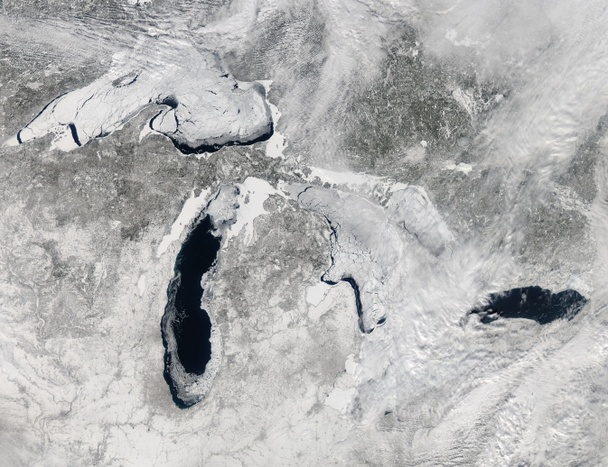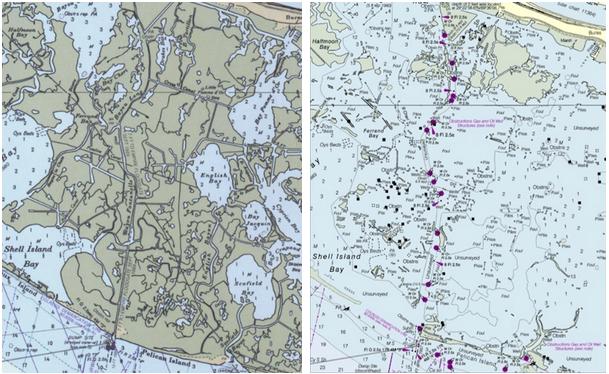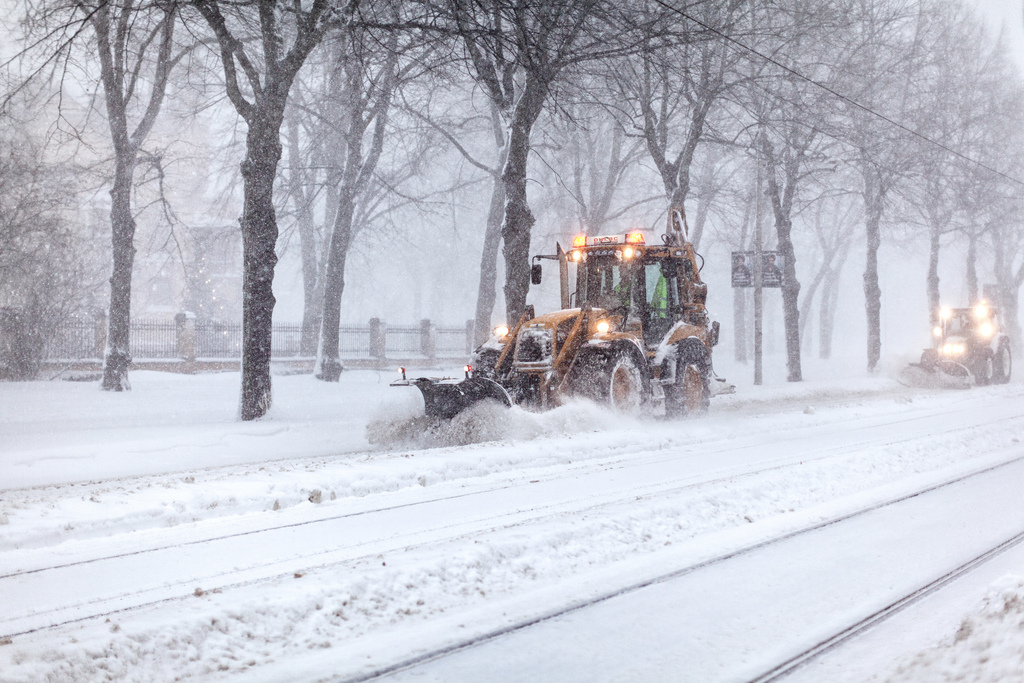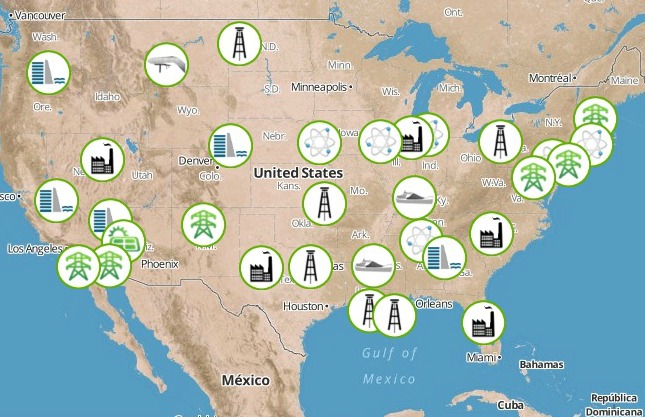Over the winter, as polar vortices plunged the U.S. Midwest into weeks of unceasing cold, the icy covers of the Great Lakes started to make headlines. With almost 96 percent of Lake Superior’s 32,000 miles encased in ice at the season’s peak, tens of thousands of tourists flocked to the ice caves along the Wisconsin shoreline, suddenly accessible after four years of relatively warmer wintery conditions.
The thing is, all of that ice takes a long time to melt. As of April 10, 48 percent of the five lakes’ 90,000-plus square miles were still covered in ice, down from a high of 92.2 percent on March 6 (note that constituted the highest levels recorded since 1979, when ice covered 94.7 percent of the lakes). Last year, only 38.4 percent of the lakes froze over, while in 2012 just 12.9 percent did — part of a four-year stint of below-average iciness.
And as the Great Lakes slowly lose their historically large ice covers over the next few months, the domino effects could include lingering cold water, delayed seasonal shifts, and huge jumps in water levels.
Already, the impact of this icy blockade can be felt. On March 25, five days after th... Read more



